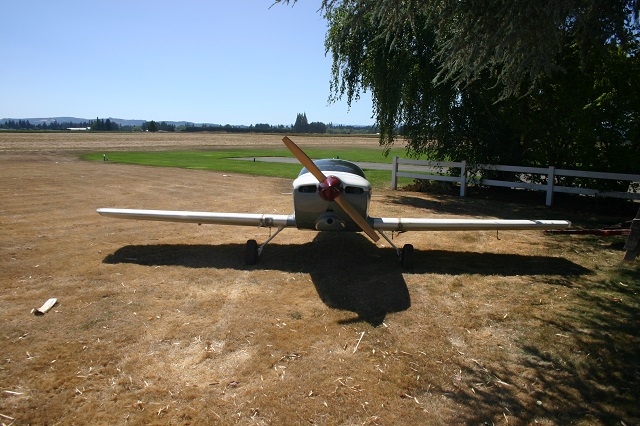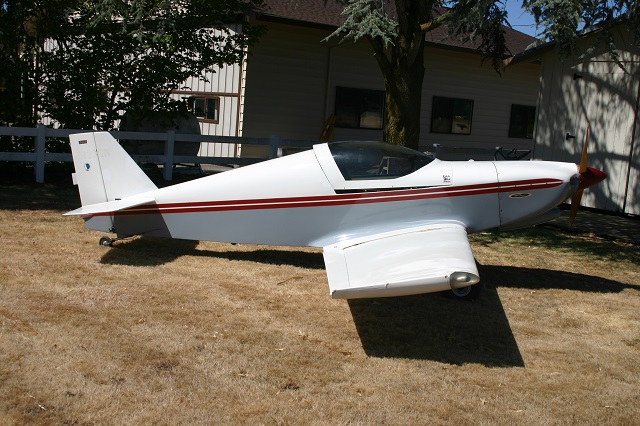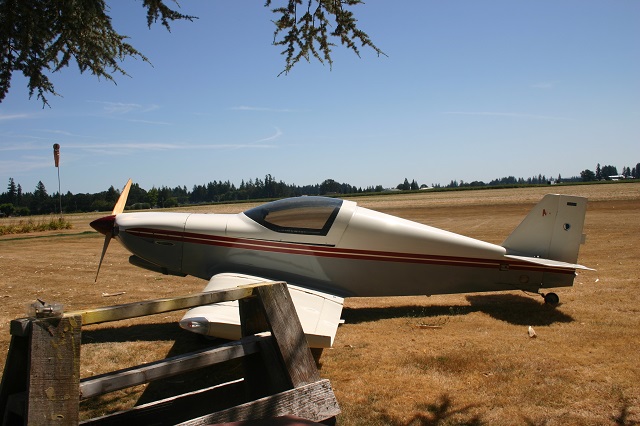
General History Kit Planes Feature Article Prior Owners History Importing an Airplane Working with the FAA Repairs after Receipt Learning to Fly N133RM N133RM Cockpit Checklist.pdf
Working with the FAA
Try to get access to help wherever you can. EAA provided very informative
information in the form of this checklist;
Importing and Exporting Aircraft.pdf
Working with the FAA's FSDO (Flight Standards District Offices) sounds like it may be a "hit or miss" experience depending upon the locality. Hillsboro, Oregon is very fortunate to have staff and inspectors who are very familiar with homebuilt aircraft. It may have to do with the large number of Vans Aircraft examples built -or- assembled locally since VansAircraft is a local firm.
I found working with our FSDO staff easy and educational. It helps that I had already recertified my first KR2 many years ago and I learned these folks truly are here to help me. I laid out my intent to re-import N133RM from New Zealand to the inspector in a meeting I scheduled in advance. I received on-point guidance on the steps and forms I needed to use to reach the goal. Basically, you need a Bill of Sale to show an ownership trail that matches the records FAA already has on file. A few wrinkles popped up with this and I'll lay them out. The complete list of the paperwork required is this "List of Submissions."
Turns out the FAA needs to know the entire ownership trail where their registration records do not exist. This trail is known as a "Statement of Whereabouts." In the case of N133RM the last thing the FAA knew was that it was owned and then sold by Gary Sack. Rudy Wenk of New Zealand never registered the purchase and Gary had to clear his name off the FAA's roles. Since that happened, bringing the airplane back had to prove what happened after Rudy got it. An auction document showed that "Bidder #107" bought it from the Wenk estate. Then the auctioneer had to identify that Bruce Utting was "Bidder 107." Bruce signed the FAA's Bill of Sale document I emailed to him. But that had to be a signature "in ink." I sent another form via express mail to New Zealand, Bruce signed it and expressed it back to me.
If it was just that easy. In the Statement of Whereabouts was a sentence saying the aircraft hadn't been registered in New Zealand due to some damage that occurred in shipping in an attempt explain why it was never registered over there. The FAA interpreted that to mean it was "totaled or destroyed." Urgh, not quite. So FAA wanted me to prove it. Since the airplane was on a container ship at the sea by that time, I had to get physical possession of the airframe and photograph the current condition. Needless to say that was a very nervous time. When it finally arrived, I hung the wings on it to get the photos required by the FAA showing the aircraft wasn't destroyed.



Note that the N number was removed as per export regulations.
In the end run, it turned out that since Serial # 8103 had never been registered outside the US, (but the airworthiness was cancelled upon export) I wouldn't actually have to "import" it; just re-establish airworthiness and register it. The original registration number N133RM had been reserved by someone else and then they let the reservation expire! I reserved it with the intent to assign it back to S# 8103 and that did make things easier.
Eventually, I got the paperwork issued from the FAA and officially it is an airplane again!